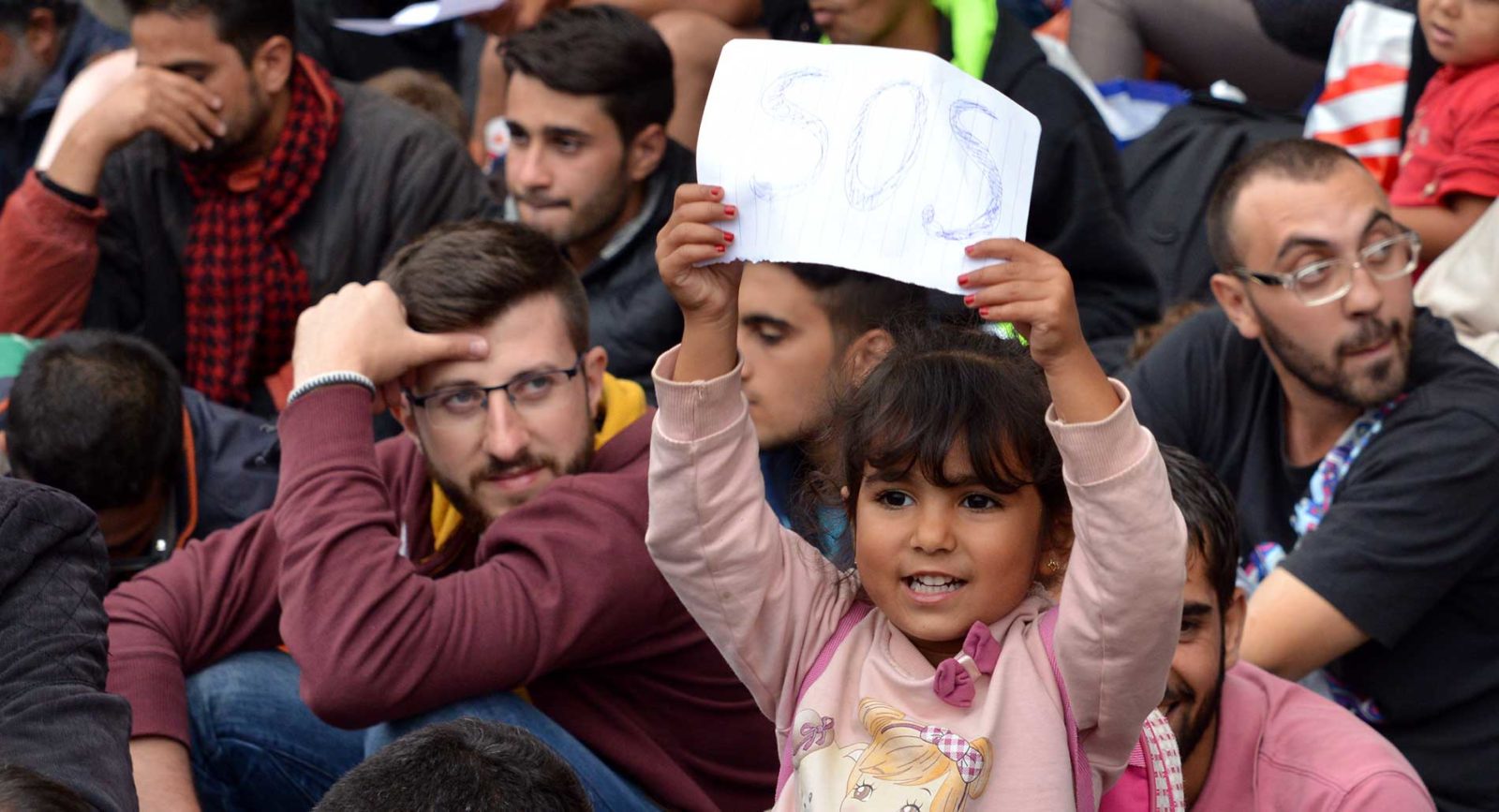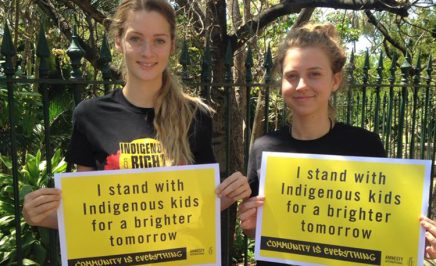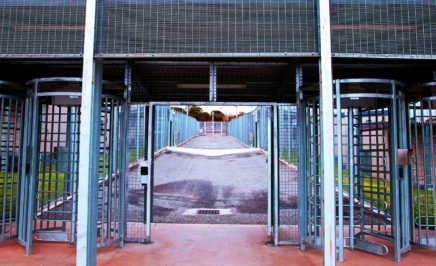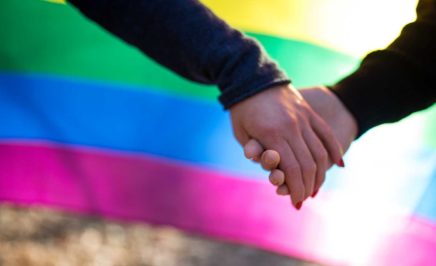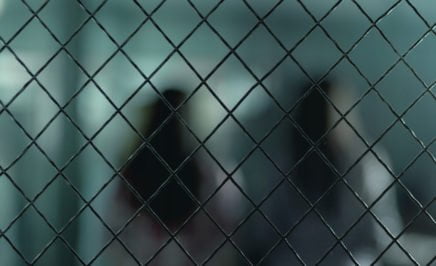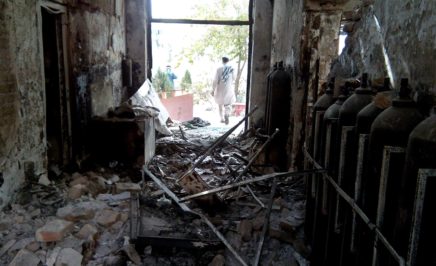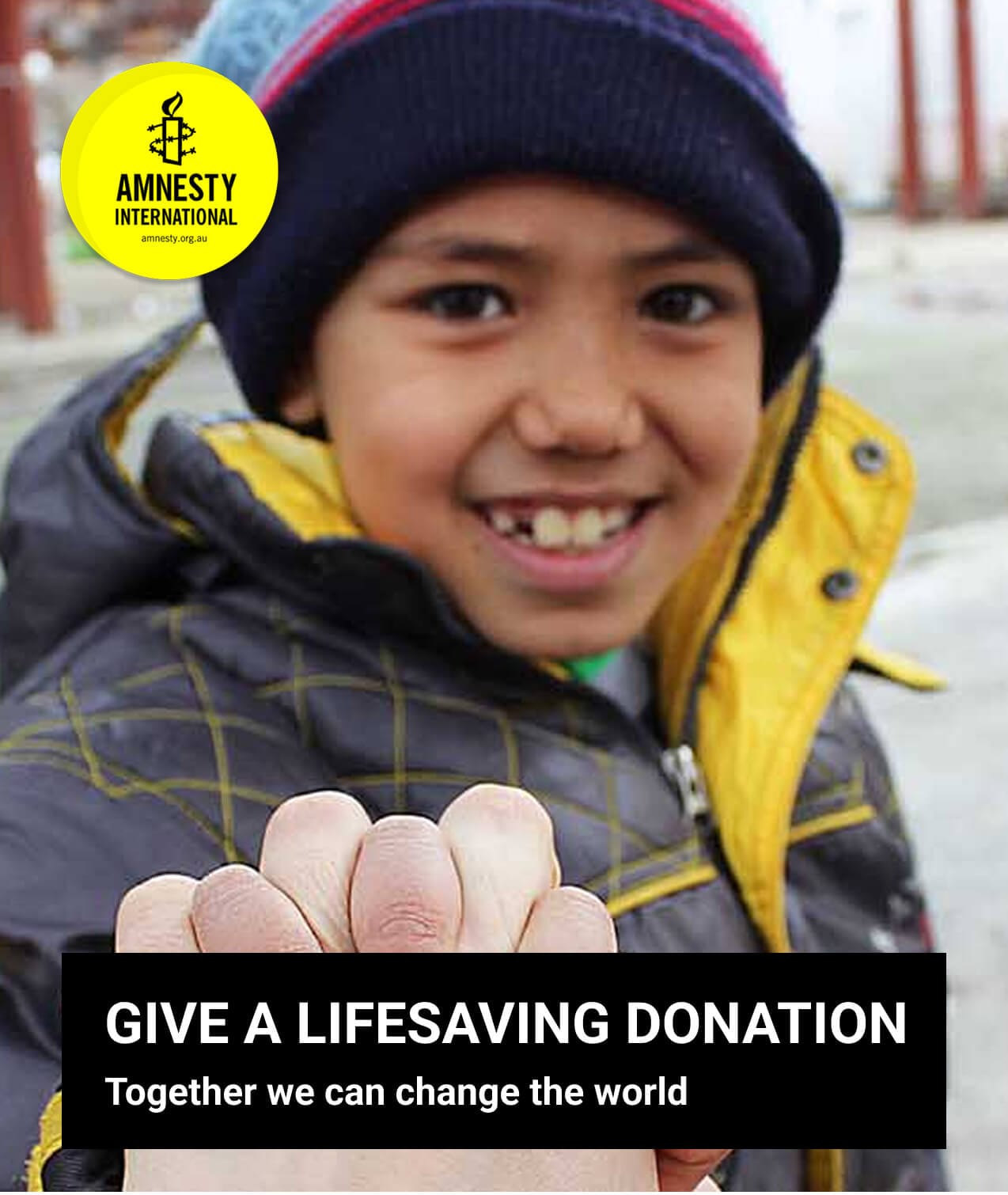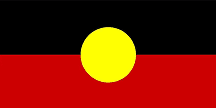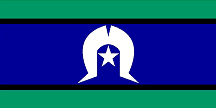Despite the Australian Government’s announcement in April, children are still in community-based detention.
What did the government say?
On 3 April Immigration Minister Peter Dutton announced that the Australian Government had released all asylum-seeker children from detention centres on the Australian mainland. The last group released – which included a baby, a toddler and a 17-year-old – reportedly left Darwin’s Wickham Point Detention Centre on Friday 1 April.
However, The Guardian reported that a source within the Immigration Department described the “release” as “more bureaucratic sleight of hand than emancipation”. As an example, families with children in “held detention” in the “family compound” of Villawood Detention Centre were told by letter on Friday that their detention was now classified as “community detention”, that is, they have been “released” from detention without moving.
Restrictions on movement have been eased – children no longer require guards to escort them to school, the alarm on the fence has been disabled and a gate opened – but families remain behind a steel fence, and people need permission to stay elsewhere overnight or have overnight visitors.
It’s important to remember that the status of these children and families has not changed — their application for asylum could be rejected at any time and not allowed to stay in Australia.
And, no changes to offshore detention
It is good news that the Australian Government has taken steps to allow children to be in community-based detention rather than ‘held detention’. However there are still 50 children stuck in the processing centre in Nauru.
Furthermore, approximately 70 children at the heart of the #LetThemStay campaign, who are currently in Australia, are still scheduled to be returned to Nauru. Peter Dutton told the ABC that the government’s policy had not changed in relation to these children, who are currently in Australia either for medical treatment or accompanying a family member to hospital.
PS> Want to campaign in your community for the #LetThemStay children? Here’s some resources to get you started.
